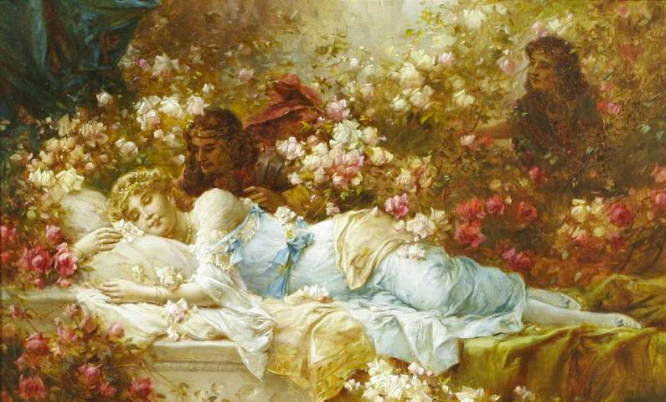In many contemporary discussions of parenting, there is often a particular focus on children’s exposure to violence. Parents, teachers, and even news anchors assert that children in the 21st century are exposed to violence in unprecedented ways
Yet, throughout each story we have read thus far, the writing has been far gorier than anything I have ever seen in a children’s movie or video game. For example, Red Riding Hood eating her grandmother for a snack and drinking her blood, or The Little Mermaid feeling knives puncturing her feet at each step until they begin to bleed. Gore has held a significant place in children’s stories for hundreds of years.
I wonder if the violence in these stories impacts children differently than in contemporary examples because it is not senseless. Every instance of gore or violent actions has a clear attachment to right or wrong, so instead of promoting violence, these stories actually warn children against it. This is the difference between the violence in these stories versus the violence that children may see on video games, or in TV shows. Although, I still wonder, does violence have any place in media designed for children? Even though it is attached to a moral code, will any sort of violence that children are exposed to affect them?



